In its infinite complexity, nature has crafted landscapes and phenomena that defy simple explanation and ignite the human imagination. Among these natural wonders are the enigmatic sailing stones, rocks that move across desert floors, leaving trails in their wake, and the singing sands, dunes that emit mysterious sounds. This guide embarks on a journey to explore these phenomena, offering a window into the world’s most intriguing natural mysteries.
1. Racetrack Playa, Death Valley National Park, USA
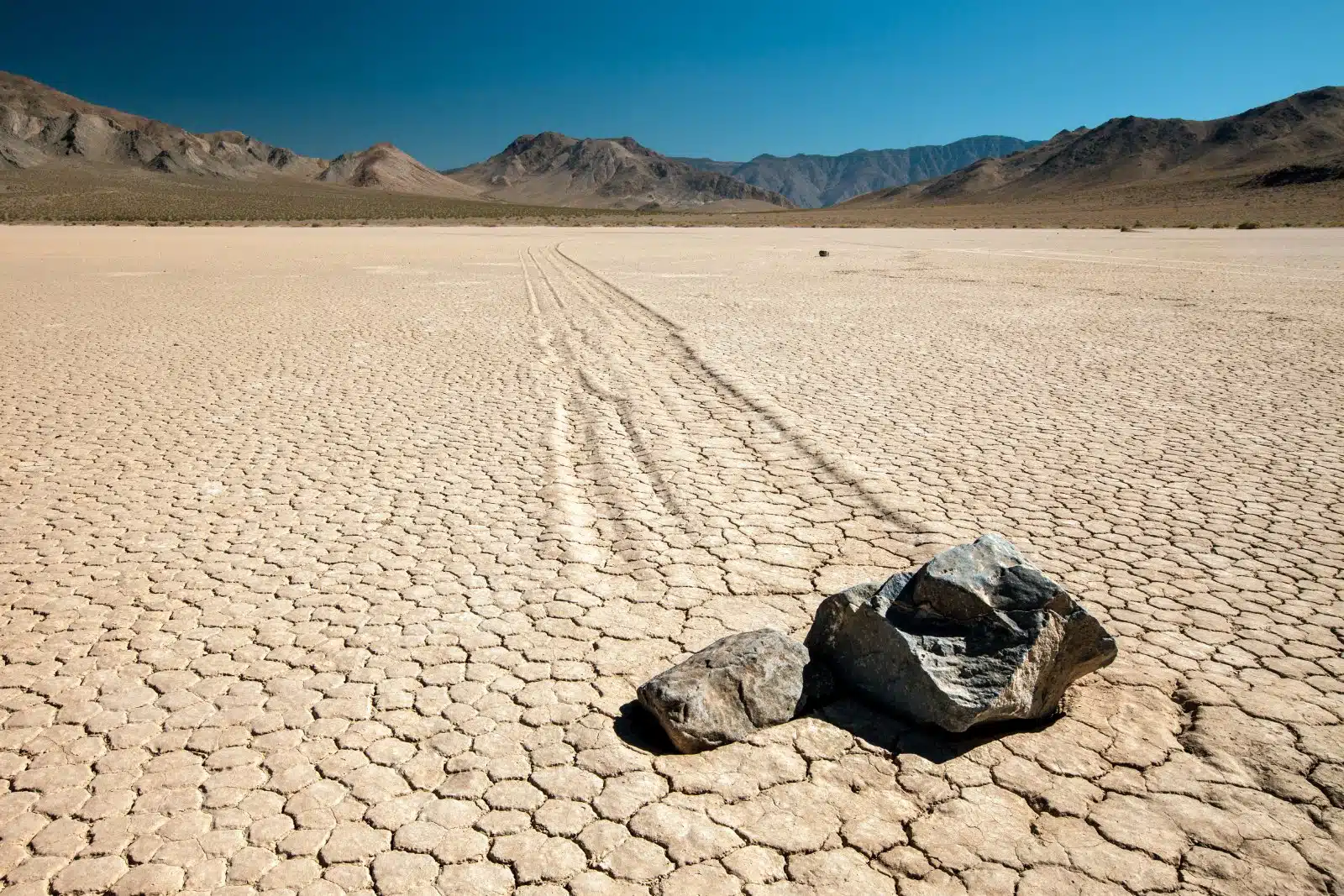
Image Credit: Shutterstock / Vezzani Photography
Racetrack Playa in Death Valley National Park is the most famous location for observing sailing stones. This dry lakebed, surrounded by mountains, is known for its flat surface, where rocks move across the ground, seemingly on their own, leaving visible trails behind them. Scientific studies suggest a combination of ice formation and light winds enable these stones to “sail” across the playa. The stark, otherworldly landscape of Death Valley and the mystery of the sailing stones offer visitors a unique and compelling experience.
Insider’s Tip: Visit during the cooler months to avoid the extreme summer heat and to see the playa after rain, which can make the stone trails more visible.
When to Travel: Late autumn to early spring (November to March) provides the most comfortable weather conditions.
How to Get There: Racetrack Playa is accessible by a rough dirt road requiring a high-clearance, 4WD vehicle, from Furnace Creek in Death Valley National Park.
2. Eureka Dunes, Death Valley National Park, USA
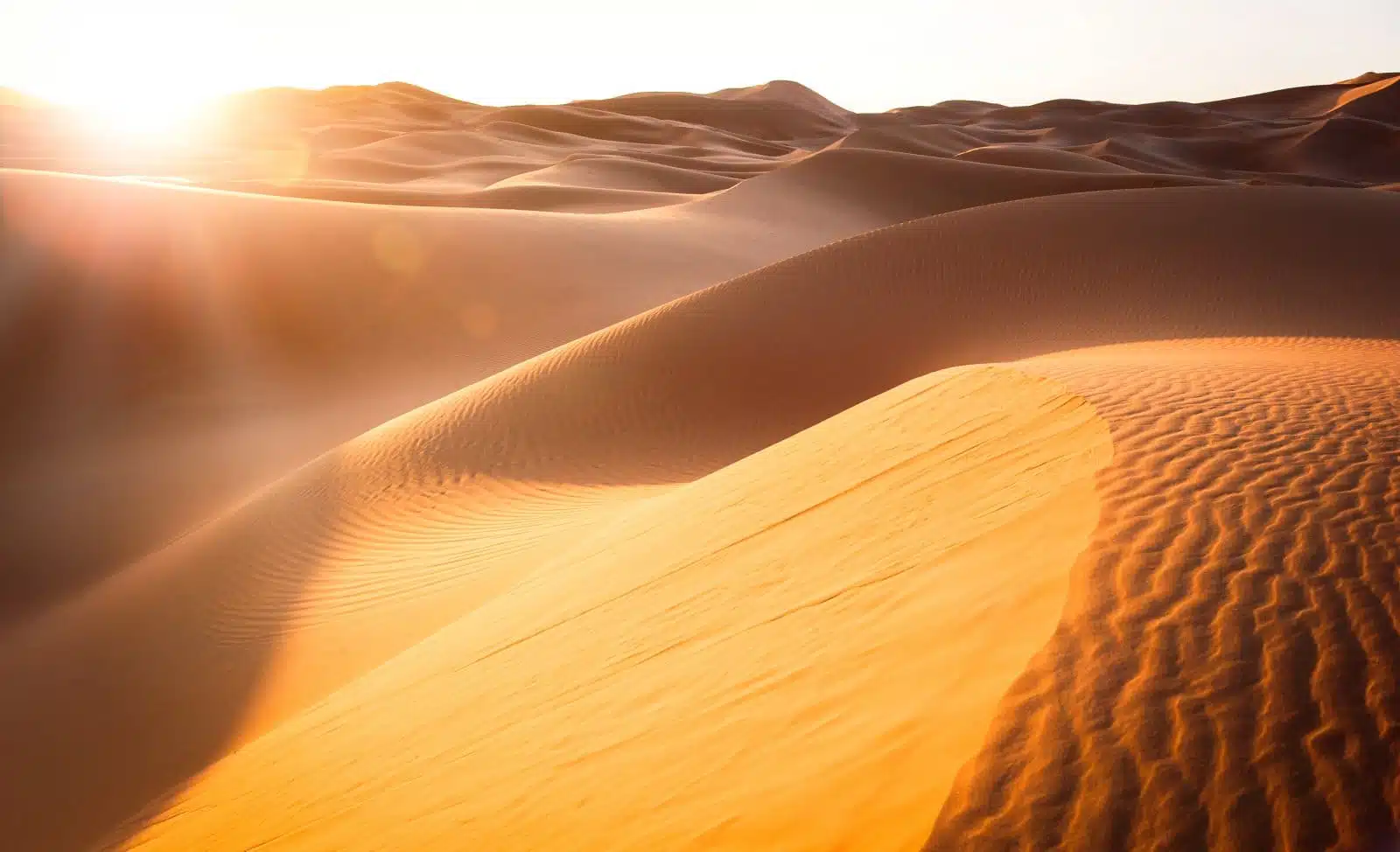
Image Credit: Shutterstock / Vixit
Eureka Dunes, located in a remote area of Death Valley National Park, are among the tallest dunes in North America and are known for the phenomenon of singing sands. When the sand grains slide down the steep faces of the dunes, they produce a haunting, low-frequency rumble that can be both felt and heard. This natural concert is best experienced on the dry side of the dunes under specific weather conditions. The isolation of Eureka Dunes adds to the mystique, offering a serene and untouched landscape that contrasts sharply with the bustling tourist spots elsewhere in the park.
Insider’s Tip: Climb to the top of the dunes during the early morning or late afternoon for the best chance to hear the singing sands and to avoid the midday heat.
When to Travel: Spring (March to May) and fall (September to November) offer the most pleasant temperatures.
How to Get There: Eureka Dunes are accessible via a long, unpaved road suitable for high-clearance vehicles, off the main roads of Death Valley National Park.
3. Badwater Basin, Death Valley National Park, USA
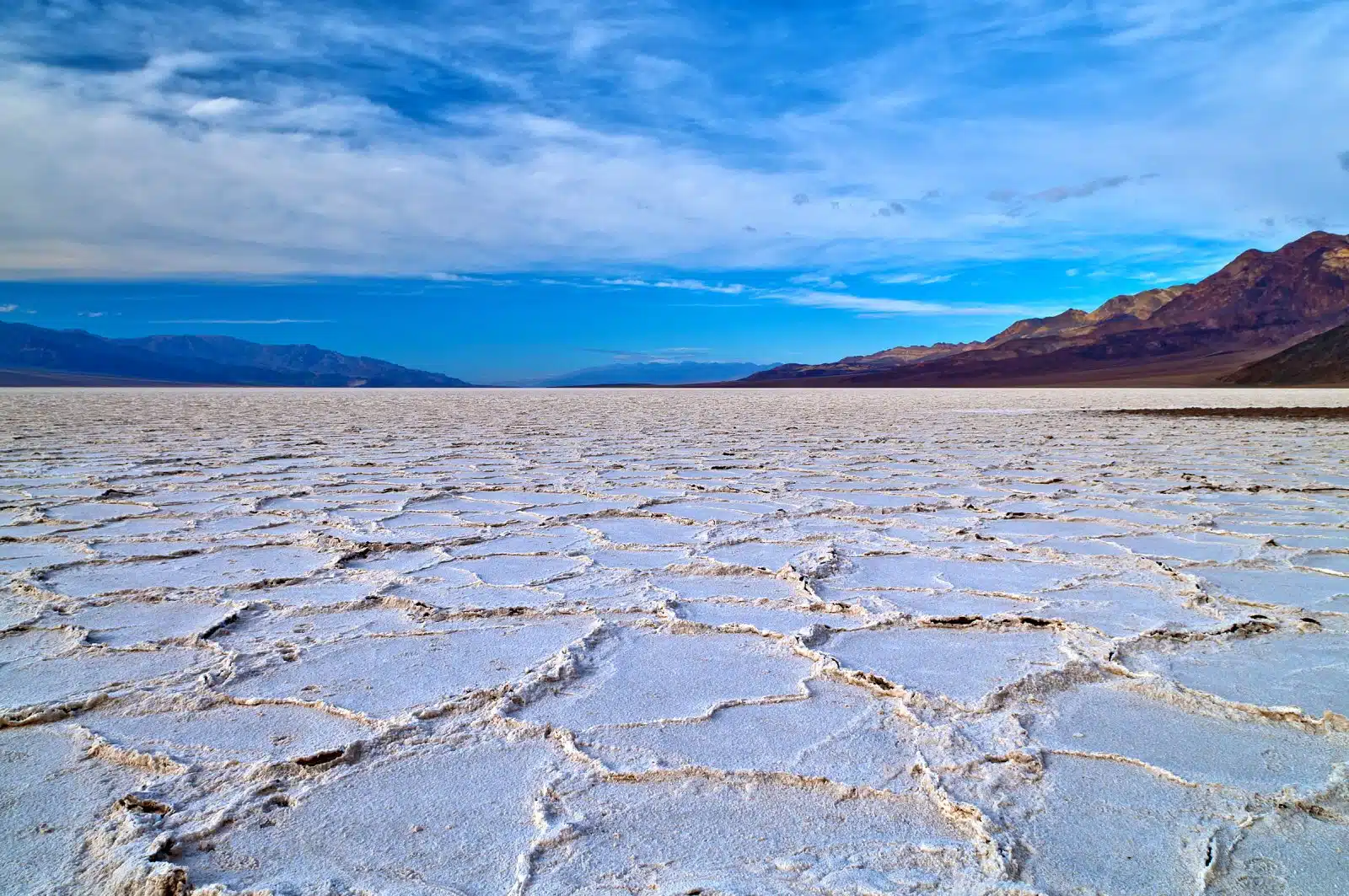
Image Credit: Shutterstock / Kris Wiktor
While primarily known as the lowest point in North America, Badwater Basin also features a lesser-known phenomenon related to sailing stones. Although not as pronounced as those found on Racetrack Playa, the basin’s salt flats occasionally reveal tracks left by moving rocks, offering a different context to this mysterious movement. The vast white salt expanse against the surrounding mountains’ backdrop creates a surreal landscape, inviting contemplation and exploration.
Insider’s Tip: Visit at sunrise or sunset when the low light accentuates the textures and patterns of the salt flats and the mountains’ colors.
When to Travel: The cooler months from November to March are the best times to visit.
How to Get There: Badwater Basin is easily accessible by car via the main road through Death Valley National Park, with parking available near the site.
4. The Great Sand Dunes National Park, Colorado, USA
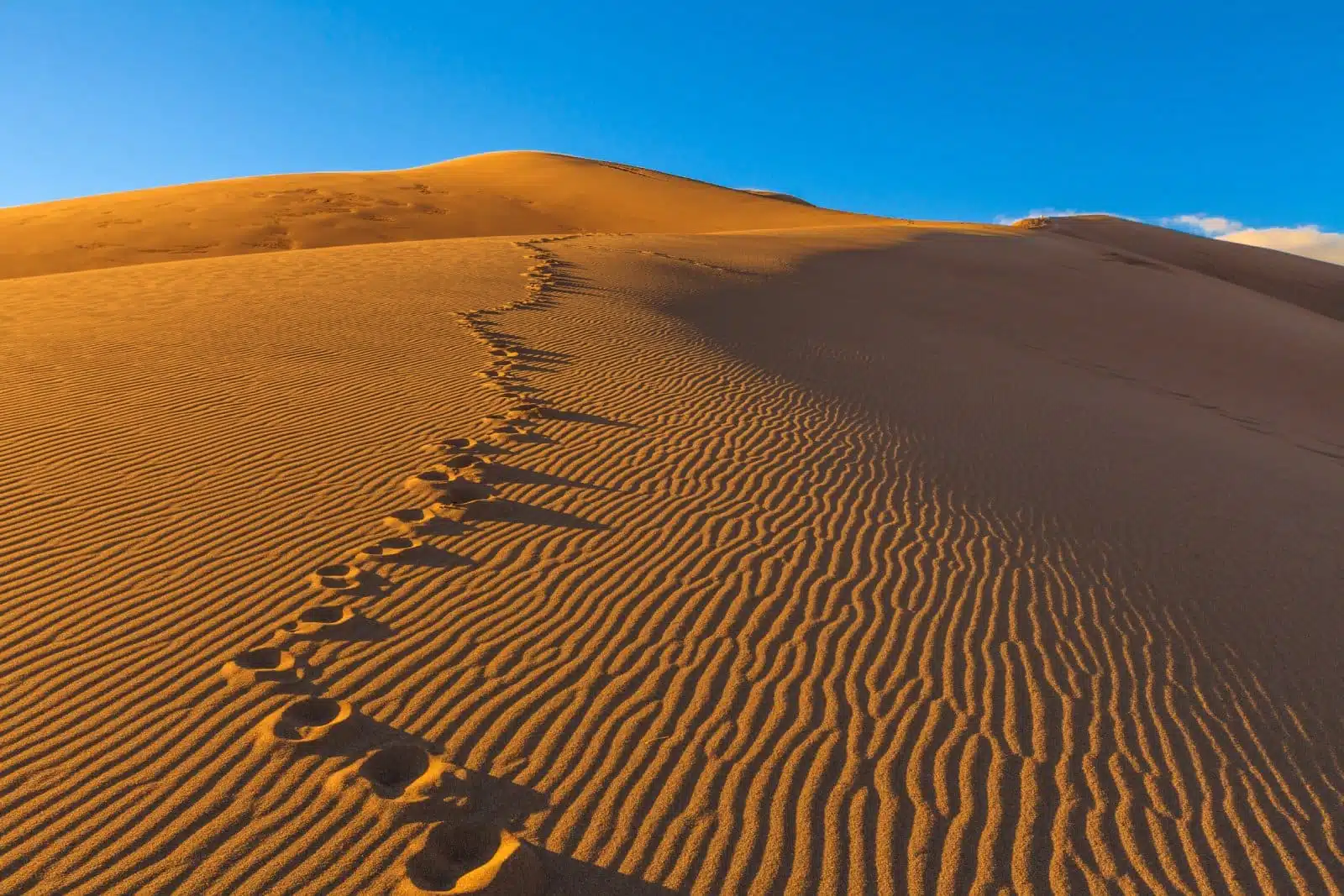
Image Credit: Shutterstock / f11photo
The Great Sand Dunes National Park in Colorado is home to the tallest dunes in North America. It’s another location where the singing sands phenomenon can be experienced. The park’s diverse landscape, which includes dunes, forests, and alpine lakes, offers a unique natural setting where the sound of the sand can be heard under the right conditions. The sound, resembling a low hum or the distant roar of an airplane, is produced by the movement of sand particles in dry conditions.
Insider’s Tip: For the best acoustic experience, slide down the dunes on a sandboard or sled, which can also be thrilling.
When to Travel: Late spring (May to June) when the sand is dry, and early fall (September to October) to avoid the summer crowds and enjoy cooler temperatures.
How to Get There: The park is located near Alamosa, Colorado, and is accessible by car. It’s about a 4-hour drive from Denver.
5. Barking Sands, Kauai, Hawaii, USA
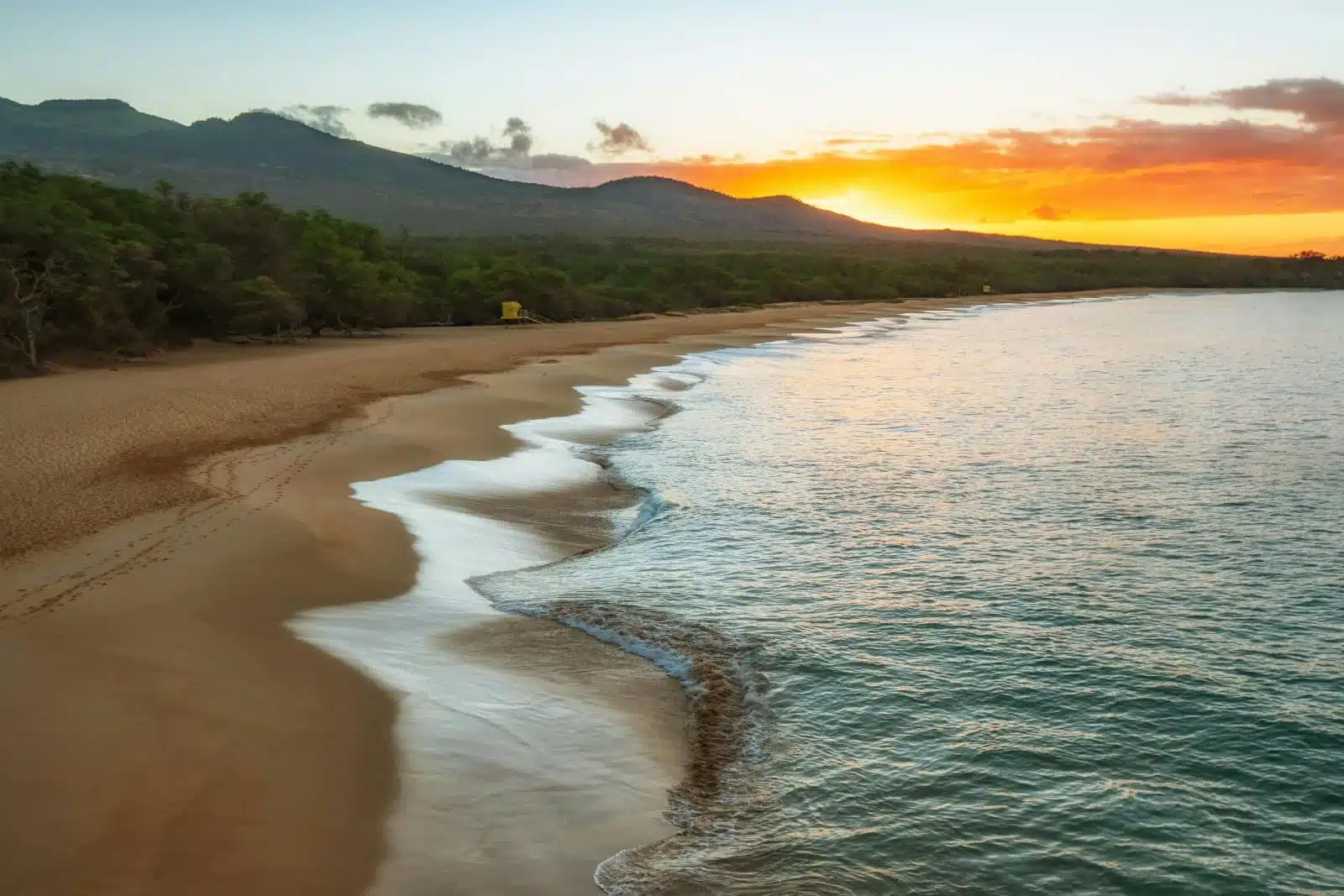
Image Credit: Pexels / James Wheeler
Barking Sands Beach on the island of Kauai is named for its singing sands, which emit a barking sound when disturbed. The friction between the dry, fine sand particles causes this unique auditory phenomenon. The beach is part of the Pacific Missile Range Facility but is accessible to the public. Its remote location on Kauai’s western shore makes it a less frequented spot, offering a peaceful setting to experience the singing sands amidst the natural beauty of Hawaii.
Insider’s Tip: Walk or run along the dry upper parts of the beach to trigger the barking sound from the sands.
When to Travel: The dry summer months (May to October) are year-round, though, best for hearing the sands.
How to Get There: Barking Sands is accessible by car from Lihue, Kauai. Follow the signs to the Pacific Missile Range Facility and the public beach access points.
6. Kelso Dunes, Mojave National Preserve, California, USA
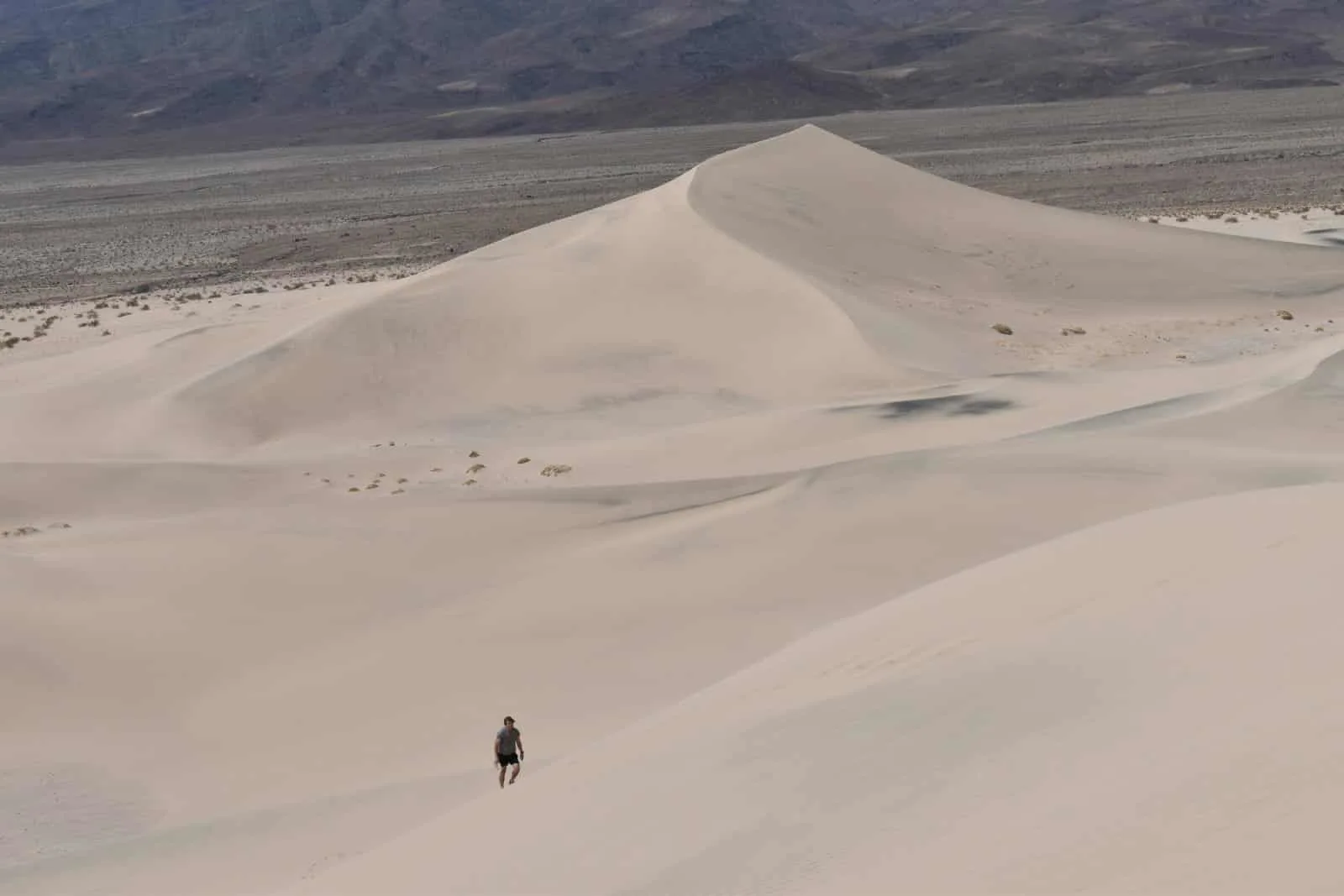
Image Credit: Pexels / Lydia Vogt
The Kelso Dunes in the Mojave National Preserve offer another opportunity to witness the singing sands phenomenon. These dunes, some of the largest in the United States, produce a variety of sounds, from low humming to high-pitched notes, as sand avalanches occur on their slopes. The preserve’s vast and varied landscape, encompassing mountains, canyons, and volcanic cinder cones, adds to the allure of visiting the Kelso Dunes. The area’s relative isolation ensures a tranquil setting for experiencing the natural acoustics.
Insider’s Tip: The best time to hear the dunes sing is on a day following strong winds that have shifted the sand, creating the ideal conditions for sand avalanches.
When to Travel: Fall (September to November) and spring (March to May) offer the most comfortable weather for hiking the dunes.
How to Get There: Kelso Dunes are accessible via Kelbaker Road in the Mojave National Preserve, with a designated parking area and trail leading to the dunes.
7. Wadi Rum, Jordan
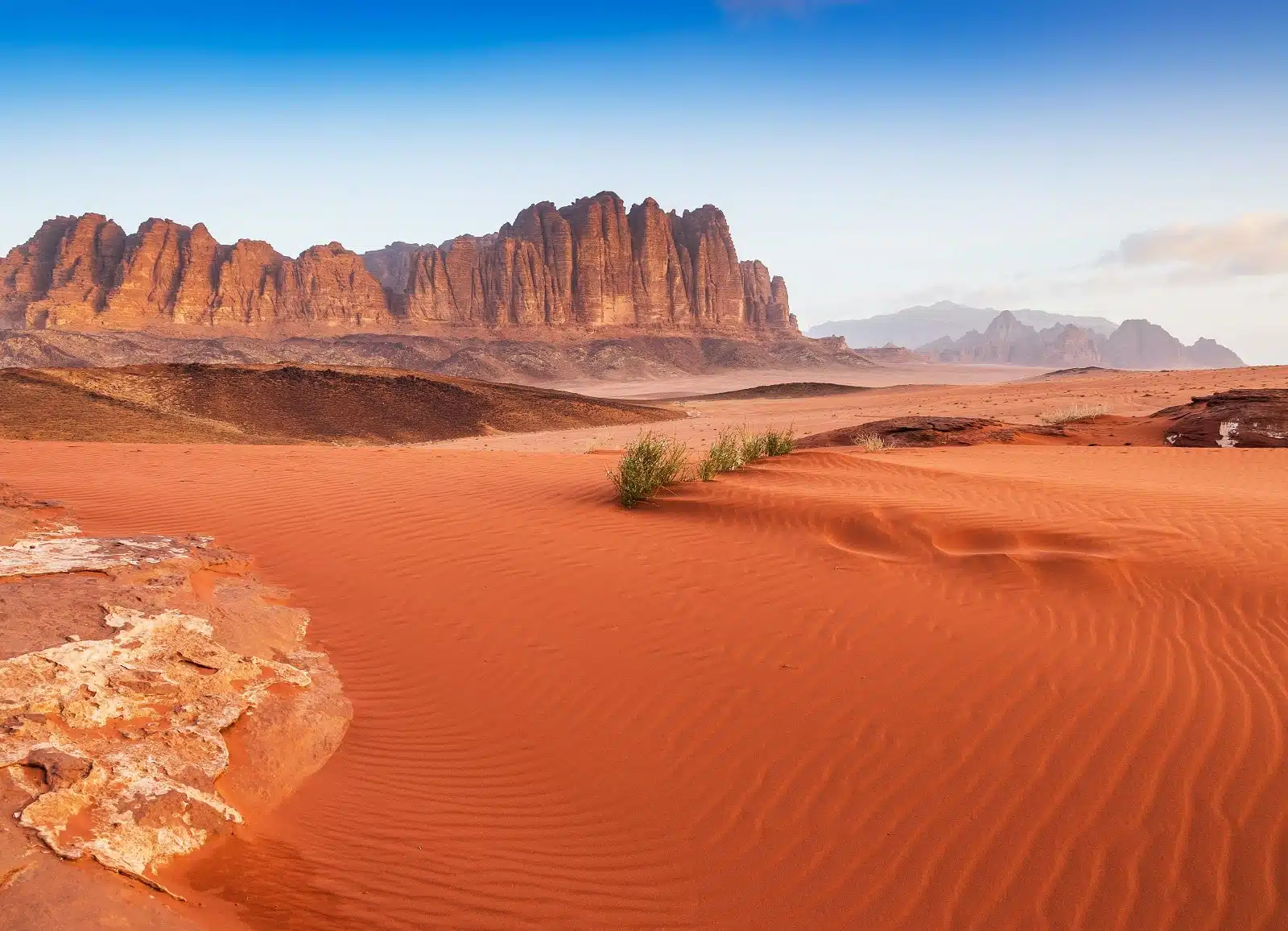
Image Credit: Shutterstock / SCStock
Wadi Rum, also known as the Valley of the Moon, is renowned for its stunning desert landscape, characterized by towering sandstone mountains and red sand dunes. Visitors can experience the singing sands phenomenon among these natural wonders, particularly at the Al-Hasany Dunes. Sliding down these dunes offers an exhilarating experience and the chance to hear the sands sing. This sound has enchanted travelers and locals alike for centuries. Wadi Rum’s otherworldly beauty has made it a favorite location for filmmakers and a UNESCO World Heritage site.
Insider’s Tip: Take a guided tour with a local Bedouin to hear the singing sands and learn about the desert’s cultural significance and history.
When to Travel: Spring (March to May) and fall (September to November) offer the most pleasant temperatures for exploring the desert.
How to Get There: Wadi Rum is accessible from Aqaba or Petra by car. Visitors can arrange tours or transportation through tour operators or local accommodations in Wadi Rum Village.
8. Namib Desert, Namibia
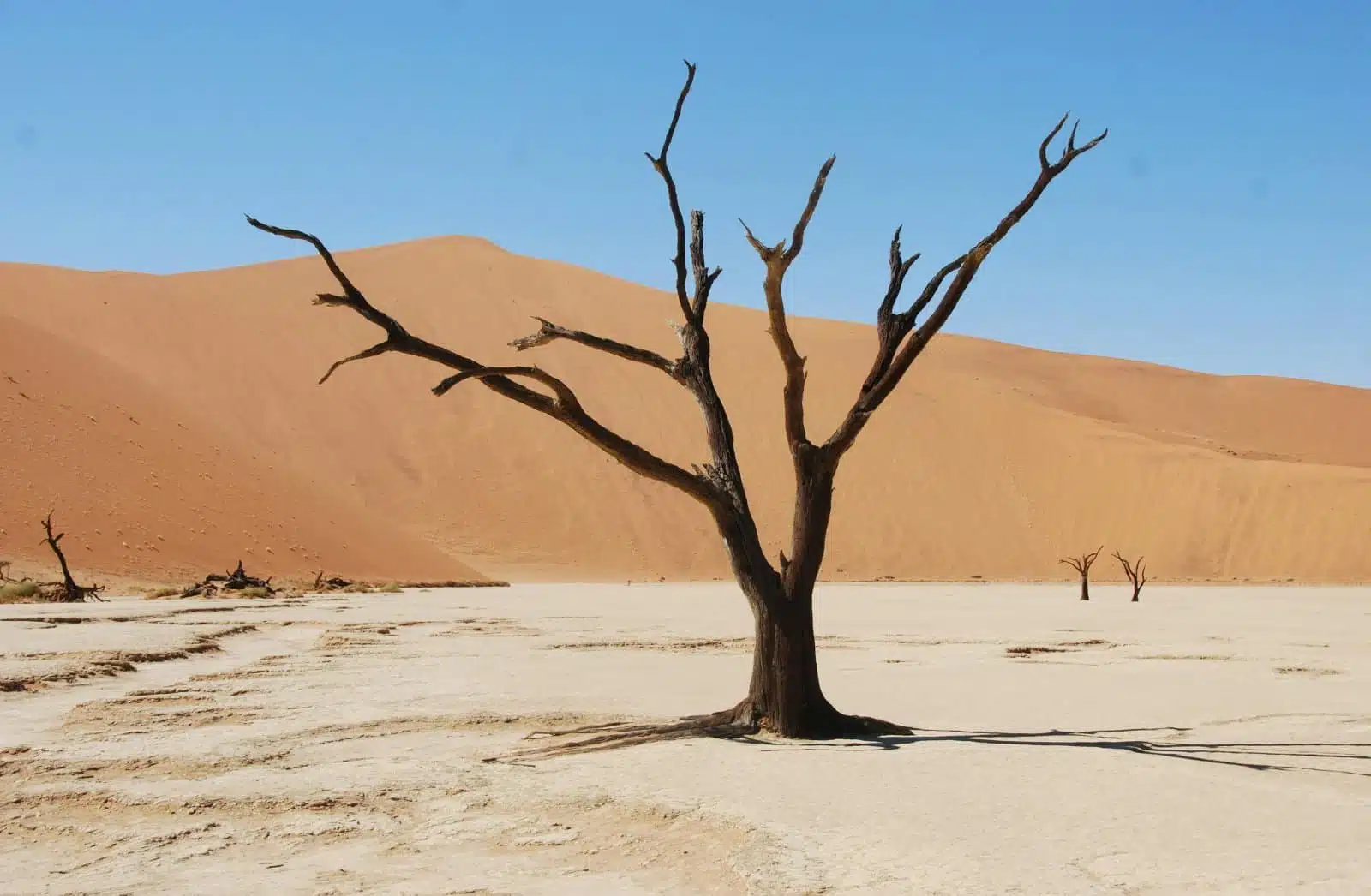
Image Credit: Pexels / Laura The Explaura
The Namib Desert, one of the oldest deserts in the world, is home to the iconic Sossusvlei dunes, which are among the highest in the world. These dunes are known for their striking red color, which is most vivid at sunrise and sunset. The singing sands phenomenon can be experienced here, with the sound attributed to the dry conditions and the fine, well-sorted sand grains. The Namib Desert offers a stark, haunting beauty, with its vast dunes, dead vlei (salt pans), and unique desert-adapted wildlife, providing visitors a surreal and unforgettable landscape.
Insider’s Tip: Climb the dunes at dawn to experience the silence of the desert, the changing colors of the sand, and the chance to hear the dunes sing as the world wakes up.
When to Travel: The cooler months from May to October are the best time to visit, with milder temperatures during the day.
How to Get There: Sossusvlei is accessible by car from Windhoek, the capital of Namibia, though a 4WD vehicle is recommended for the final stretch of road to the dunes.
9. Marco Polo’s “Singing Sands” in the Gobi Desert, China
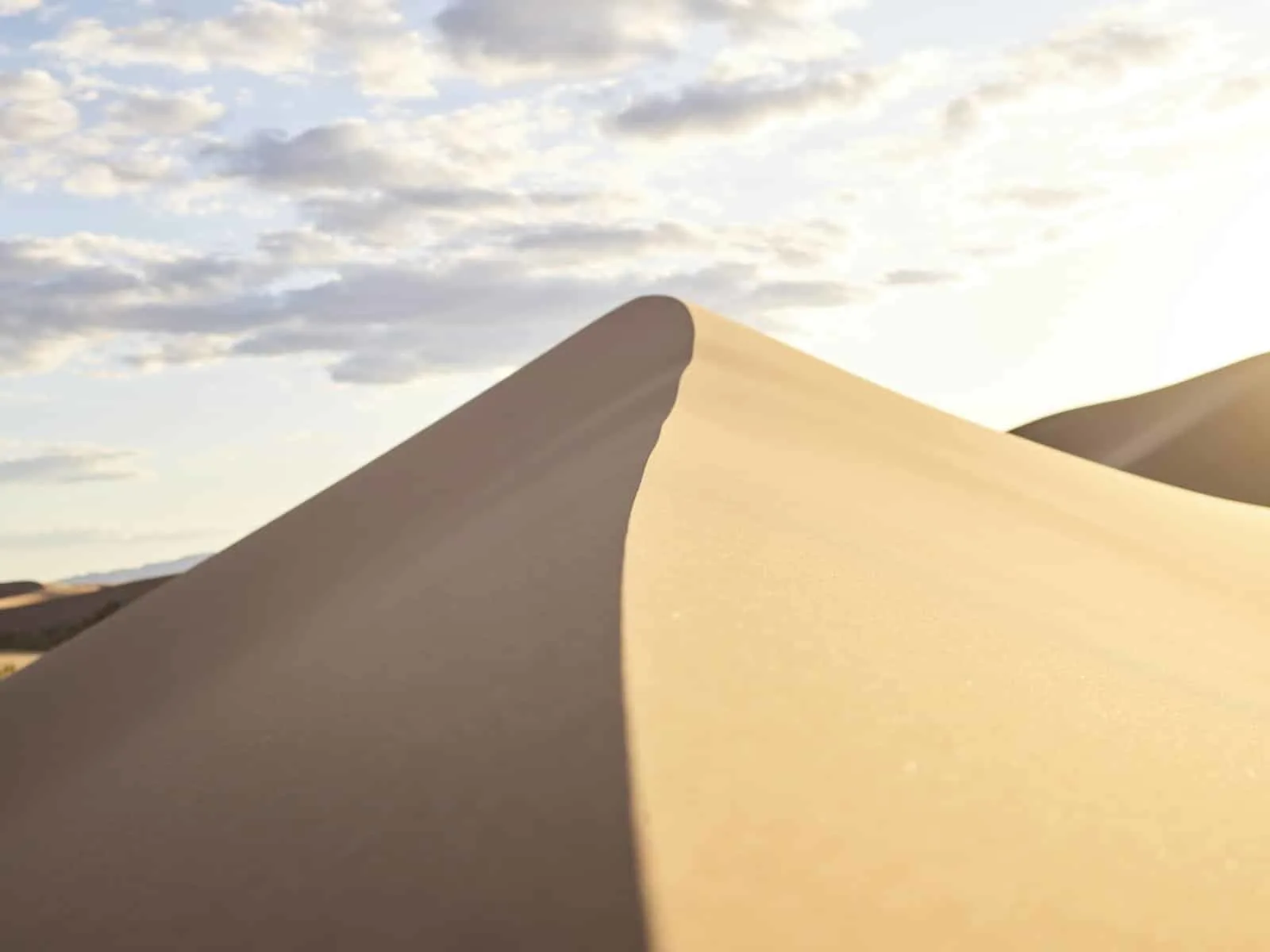
Image Credit: Pexels / ArtHouse Studio
The Gobi Desert’s singing sands, known as Xiangshawan or the “Singing Sand Bay,” have fascinated travelers, including Marco Polo, for centuries. Located in the Inner Mongolia Autonomous Region, this area is characterized by its crescent-shaped dunes that emit a distinct sound when the wind passes over them or when disturbed by movement. The phenomenon is so pronounced that it can be heard without any amplification, echoing across the desert. The Gobi Desert’s vast and rugged landscape offers a stark beauty and a sense of isolation that is both humbling and exhilarating.
Insider’s Tip: Visit the dunes as part of a larger tour of the Gobi Desert to fully appreciate this region’s diverse landscapes and cultural heritage.
When to Travel: Spring (April to June) and early fall (September to October) offer the most temperate weather for exploring the desert.
How to Get There: Xiangshawan is accessible by car or bus from Baotou or Hohhot, with local tour operators offering trips to the desert.
10. Mingsha Shan, Dunhuang, China
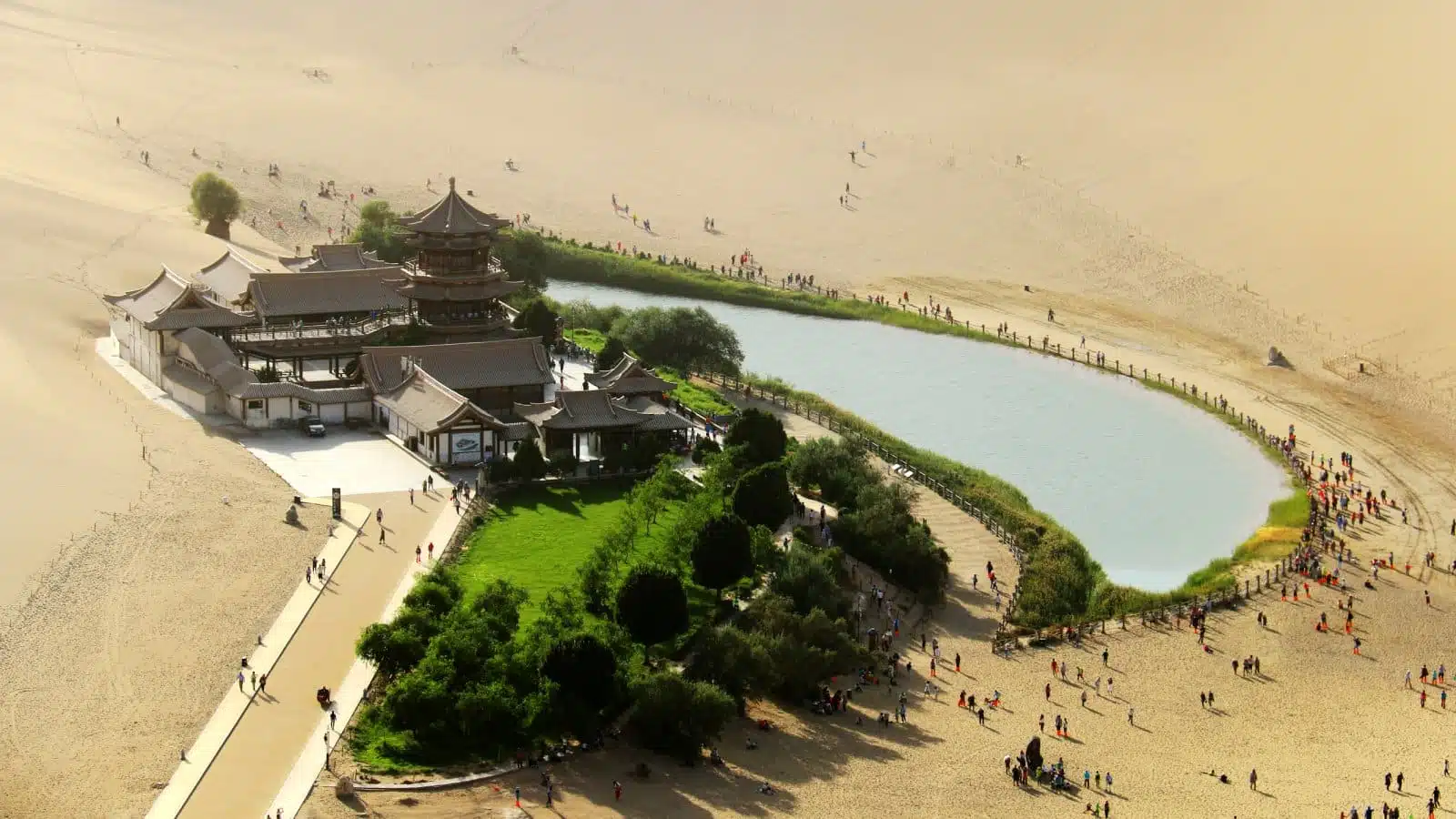
Image Credit: Shutterstock / HelloRF Zcool
Mingsha Shan, or the Echoing-Sand Mountain, near Dunhuang in the province of Gansu, is another renowned site for the singing sands phenomenon. The name derives from the sound the sand makes when the wind blows or is walked upon. This area, part of the Silk Road, is significant for its natural wonders, including the adjacent Crescent Lake, and its historical and cultural importance. The dunes offer a dramatic landscape that has inspired artists and travelers for millennia.
Insider’s Tip: Take a camel ride to the top of the dunes for a traditional and unique way to experience the landscape and its sounds.
When to Travel: The best times to visit are spring (April to June) and fall (September to October) to avoid the extreme summer heat and the winter cold.
How to Get There: Dunhuang is accessible by train or plane from major cities in China, with local transportation options available to Mingsha Shan.
11. Isla Magdalena, Baja California Sur, Mexico
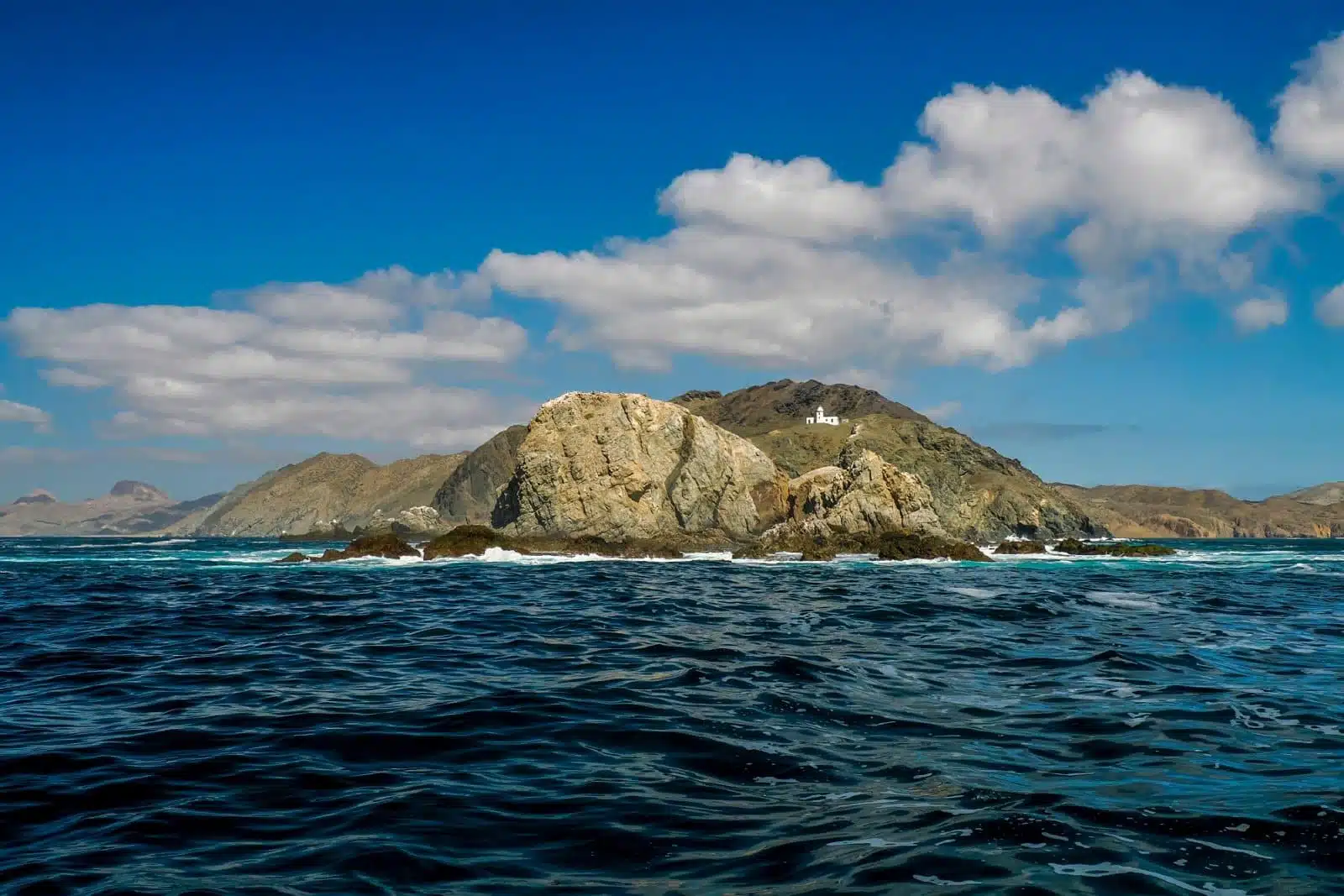
Image Credit: Shutterstock / Andrea Izzotti
Isla Magdalena, located off the west coast of Baja California Sur, Mexico, is known for its vast sand dunes that stretch along the coastline. While not as widely recognized for singing sands, the dunes here offer a unique opportunity to experience this phenomenon in a coastal setting. The island is also a prime location for wildlife viewing, including migratory birds and gray whales during winter. The contrast of the desert dunes against the backdrop of the Pacific Ocean creates a stunning natural landscape.
Insider’s Tip: Plan a visit during the whale watching season (December to April) to combine the experience of the singing sands with the chance to see gray whales up close.
When to Travel: Winter (December to April) is ideal for cooler temperatures and wildlife viewing.
How to Get There: Isla Magdalena can be reached by boat from the town of Puerto San Carlos, which is accessible by car or bus from La Paz or Loreto.
12. Altyn-Emel National Park, Kazakhstan
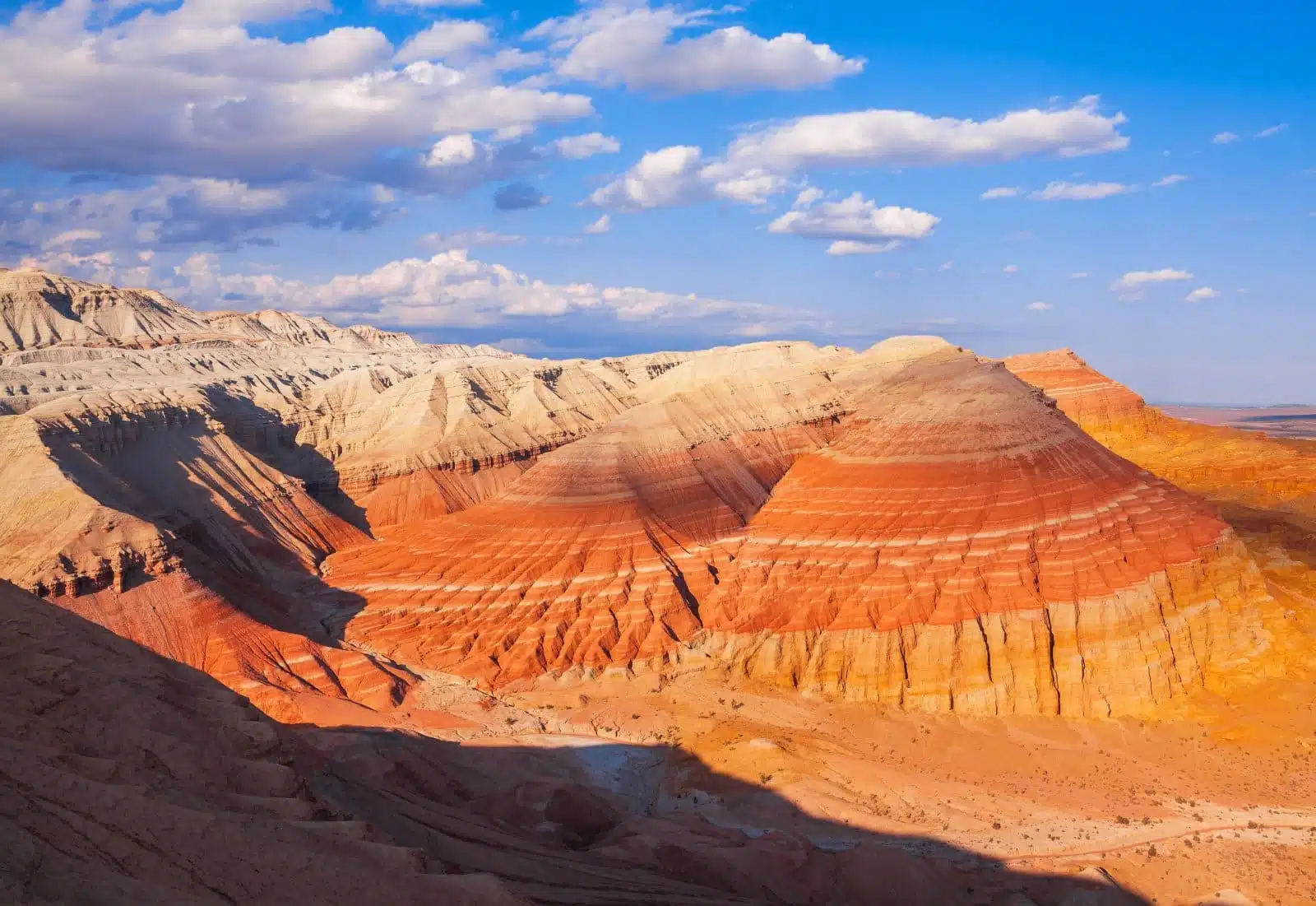
Image Credit: Shutterstock / Kiwisoul
Altyn-Emel National Park in Kazakhstan is home to the Singing Dune. This natural phenomenon draws visitors from around the world. This large sand dune, located in the park’s vast and varied landscape, emits a low, rumbling sound under certain conditions, similar to the sound of an organ. The park offers diverse natural wonders, including mountains, ancient rock carvings, and rare wildlife, making it a fascinating destination for nature lovers and adventurers alike.
Insider’s Tip: Combine your visit to the Singing Dune with a tour of the park’s other attractions, such as the Aktau Mountains, for a comprehensive experience of Kazakhstan’s natural beauty.
When to Travel: Spring (April to June) and fall (September to October) offer the most pleasant weather for exploring the park.
How to Get There: Altyn-Emel National Park is accessible by car from Almaty, with guided tours available that include transportation to the park.
The Bottom Line
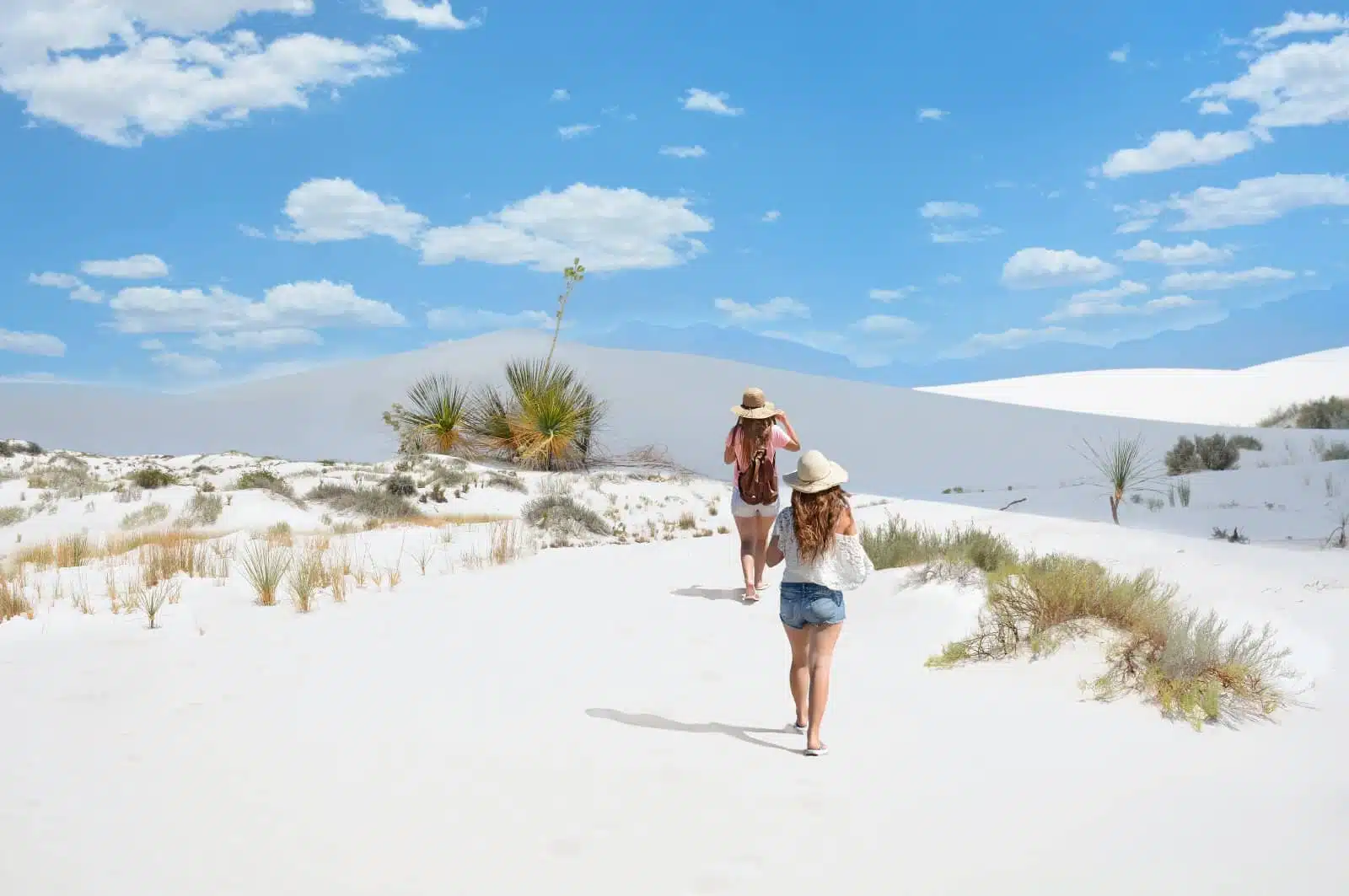
Image Credit: Shutterstock / Margaret.Wiktor
The phenomena of sailing stones and singing sands offer a glimpse into the Earth’s dynamic and ever-changing nature, reminding us of the planet’s capacity for mystery and wonder. These destinations, spread across the globe, provide the opportunity to witness these natural wonders firsthand and explore the diverse landscapes and cultures surrounding them. Whether you’re tracing the paths of stones across a desert playa or listening to the eerie melodies of sand dunes, these experiences invite a deeper connection with the natural world. As you plan your journey to these remarkable sites, remember that the true essence of exploration lies in the curiosity and awe that drive us to seek out the planet’s most profound mysteries.
More From The Green Voyage
Top 10 Trending Travel Destinations 2024
6 Essential Banking Apps for International Travel – Managing Your Finances on the Go
Traveling With Kids – 10 Tips to Create Memorable Family Holidays
The post Sailing Stones and Singing Sands 2024 – Exploring Nature’s Mysteries first appeared on The Green Voyage.
Featured Image Credit: Shutterstock / Zolotarevs.
For transparency, this content was partly developed with AI assistance and carefully curated by an experienced editor to be informative and ensure accuracy.
Tips for Trip Success
Book Your Flight
Find an inexpensive flight by using Kayak, a favorite of ours because it regularly returns less expensive flight options from a variety of airlines.
Book Your Hotel or Special Accommodation
We are big fans of Booking.com. We like their review system and photos. If we want to see more reviews and additional booking options, we go to Expedia.
You Need Travel Insurance!
Good travel insurance means having total peace of mind. Travel insurance protects you when your medical insurance often will not and better than what you get from your credit card. It will provide comprehensive coverage should you need medical treatment or return to the United States, compensation for trip interruption, baggage loss, and other situations.Find the Perfect Insurance Plan for Your Trip
